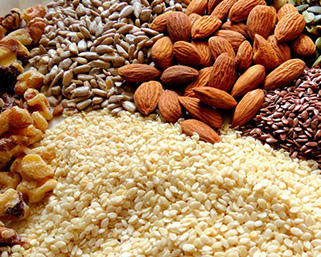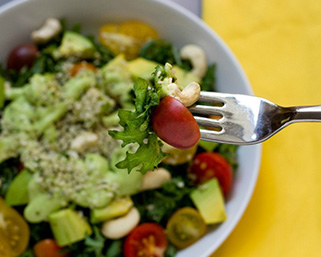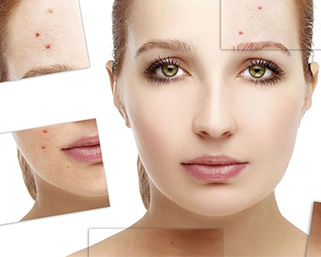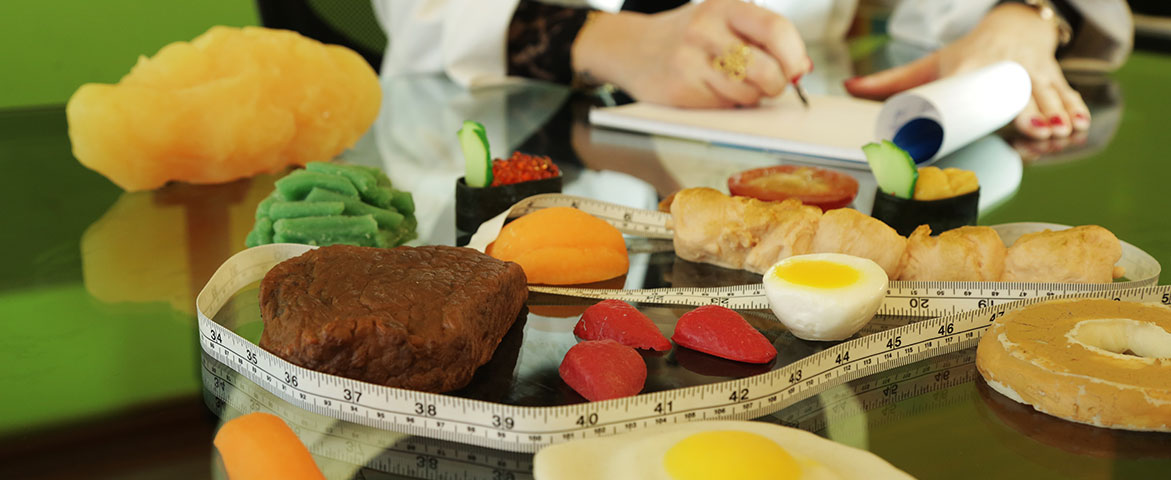Acne is the scientific term for a variety of skin problems, including pimples, blackheads,
whiteheads, cysts, and nodules. Acne is the most common skin disease. It is estimated that 80%
of people between ages 11 and 30 experience outbreaks of acne. Most acne outbreaks occur on
the face, neck, back, chest, shoulders, and buttocks. Although acne is not viewed as a serious
health threat, it can result in permanent scarring. The immediate cause of acne is the creation of
plugs in skin pores. These plugs contain sebum from the sebaceous glands, as well as dead skin
cells, and possibly bacteria in some cases. Plugs with a dark center are called blackheads.
Pimples are whiteheads that rupture.
Nodules and cysts are larger boil-like lumps that form deeper under the skin. When bacteria
infect the plugs, additional redness and inflammation can result. The longer-term causes of acne
are unknown. Some research points to changes in certain hormone levels.
There is also research indicating that acne may be partly
hereditary. Certain medicines can also cause acne. Pollution and exposure to high humidity can
cause acne to worsen. Stress can also make acne worse. Scientists and patients have long debated
the role that diet plays in creating, maintaining, and treating acne. Currently, conventional
medicine does not acknowledge any role for nutrition in acne, even though some studies have
shown a relationship. However, there is emerging alternative literature on the benefits of proper
nutrition for acne based on homeopathy, naturopathy and Ayurvedic approaches.
Herbal treatments include black currant seed, evening primrose oil, echinacea, calendula, and tea tree oil
in various preparations, including tinctures and teas. To reduce stress, herbalists suggest teas
made of lavender and chamomile. Ayurvedic approaches to acne include eating bland foods, like
oatmeal, rice, and apple sauce and eliminating fried foods, citrus, and spicy foods. Teas
with fennel and cumin are often prescribed.
The Dietary Guidelines for Acne control include the
following:
Information on specific food groups:
- Fruits and vegetables: Daily recommended portions include two cups of fruit and two and a half cups of vegetables, varying the types of fruits and vegetables. With vegetables, for instance, variation comes from choosing among five.
- Vegetable groups: starchy, dark green, orange, legumes, and other vegetables.
- Whole grains: At least three ounces of whole grains is recommended per day , with at least half of all grains consumed being whole grains.
- Dairy: Three cups of low or non-fat milk or milk products per day is recommended.
- Fats: Saturated fats per day should account for less than 10% of the recommended 2,000 calories per day; total fat should be between 20 and 35% of calories . The maximum daily cholesterol intake should be less than 300 mg . No trans fats at all should be consumed, if possible. Instead, eat good fats, which are found in fish, nuts, and vegetable oils.
- Carbohydrates: Fiber-rich foods are best. Foods and beverages with added sugars should be avoided completely.
- Sodium and Potassium: Daily recommended salt intake should be less than 1 teaspoon. Consume potassium-rich foods, especially fruits and vegetables.
Dietary changes suggested for acne include increasing your intake of beta-carotene, which is
found in
yellow and orange fruits and vegetables, including carrots, pumpkin, and cantaloupe. Some
alternative practitioners suggest increasing zinc, Vitamin A, and Vitamin E, among other
vitamins and minerals.
Following the recommendations for nutrition for acne above can help alleviate skin conditions
like acne and can complement or provide an alternative to prescription medication.
How to spot mineral deficiencies?
Sometimes, acne and skin problems are due to your genes. Other times, they are linked
to a dietary or nutrient problem. Your clinical dietitian can help you determine the cause
of your problems and recommend a solution.
If you suspect mineral deficiency, or want to know more about your mineral levels in your body,
a tissue analysis provided by my clinic could be done in a non-invasive technique. It is relatively
an inexpensive way to access a wealth of information about the minerals in your body.




